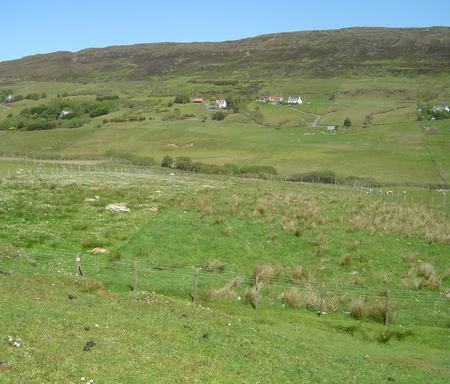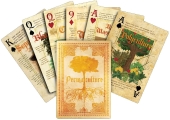

 11
11







How Permies works: https://permies.com/wiki/34193/permies-works-links-threads
My projects on Skye: The tree field, Growing and landracing, perennial polycultures, "Don't dream it - be it! "












 10
10







How Permies works: https://permies.com/wiki/34193/permies-works-links-threads
My projects on Skye: The tree field, Growing and landracing, perennial polycultures, "Don't dream it - be it! "












 8
8






How Permies works: https://permies.com/wiki/34193/permies-works-links-threads
My projects on Skye: The tree field, Growing and landracing, perennial polycultures, "Don't dream it - be it! "












 8
8








How Permies works: https://permies.com/wiki/34193/permies-works-links-threads
My projects on Skye: The tree field, Growing and landracing, perennial polycultures, "Don't dream it - be it! "












 12
12








How Permies works: https://permies.com/wiki/34193/permies-works-links-threads
My projects on Skye: The tree field, Growing and landracing, perennial polycultures, "Don't dream it - be it! "












 10
10







How Permies works: https://permies.com/wiki/34193/permies-works-links-threads
My projects on Skye: The tree field, Growing and landracing, perennial polycultures, "Don't dream it - be it! "

 4
4




I consider it wisdom to switch from scythe to power scythe as conditions change. The scythe depends on a consistent speed to cut uniformly With tangled conditions the speed can not be maintained but the power supplied to the little scythes on the blade keeps them at a consistent speed no matter what speed or direction of swing.It seems to cut quite well when the grass is young in late spring, but as the summer wears on the grass falls over and it is much more of a struggle to do. However my husband seems to enjoy walking round with the petrol mower
Hans Albert Quistorff, LMT projects on permies Hans Massage Qberry Farm magnet therapy gmail hquistorff
 6
6
















 6
6




How Permies works: https://permies.com/wiki/34193/permies-works-links-threads
My projects on Skye: The tree field, Growing and landracing, perennial polycultures, "Don't dream it - be it! "












 6
6







How Permies works: https://permies.com/wiki/34193/permies-works-links-threads
My projects on Skye: The tree field, Growing and landracing, perennial polycultures, "Don't dream it - be it! "

|
Be the Mr. Rogers of your neighborhood. This tiny ad will help you:
The House and Homestead
https://permies.com/w/the-house-homestead
|







